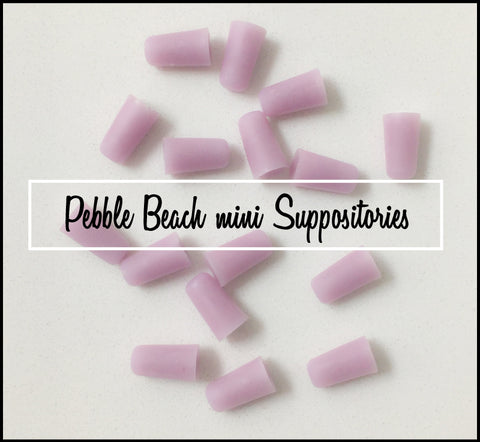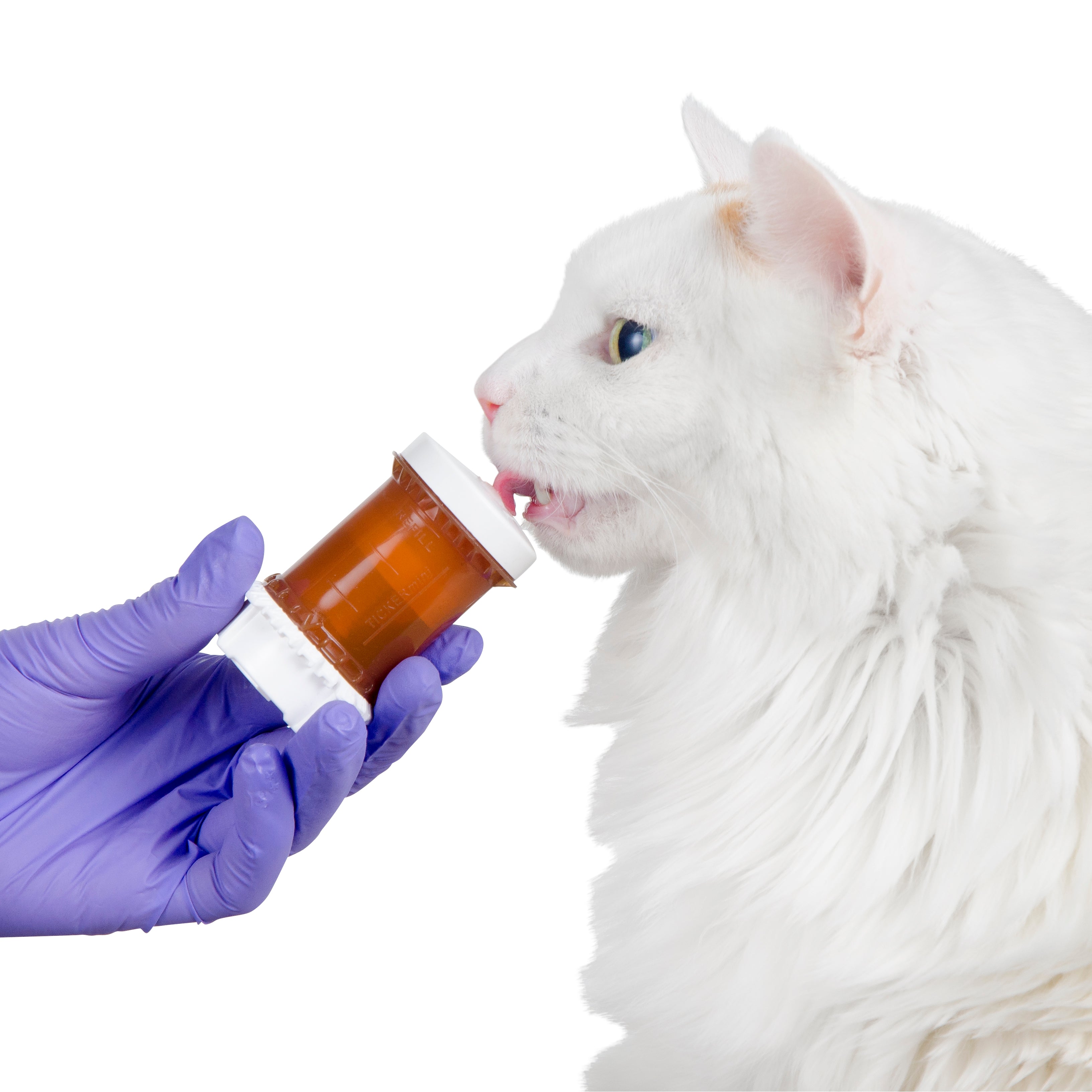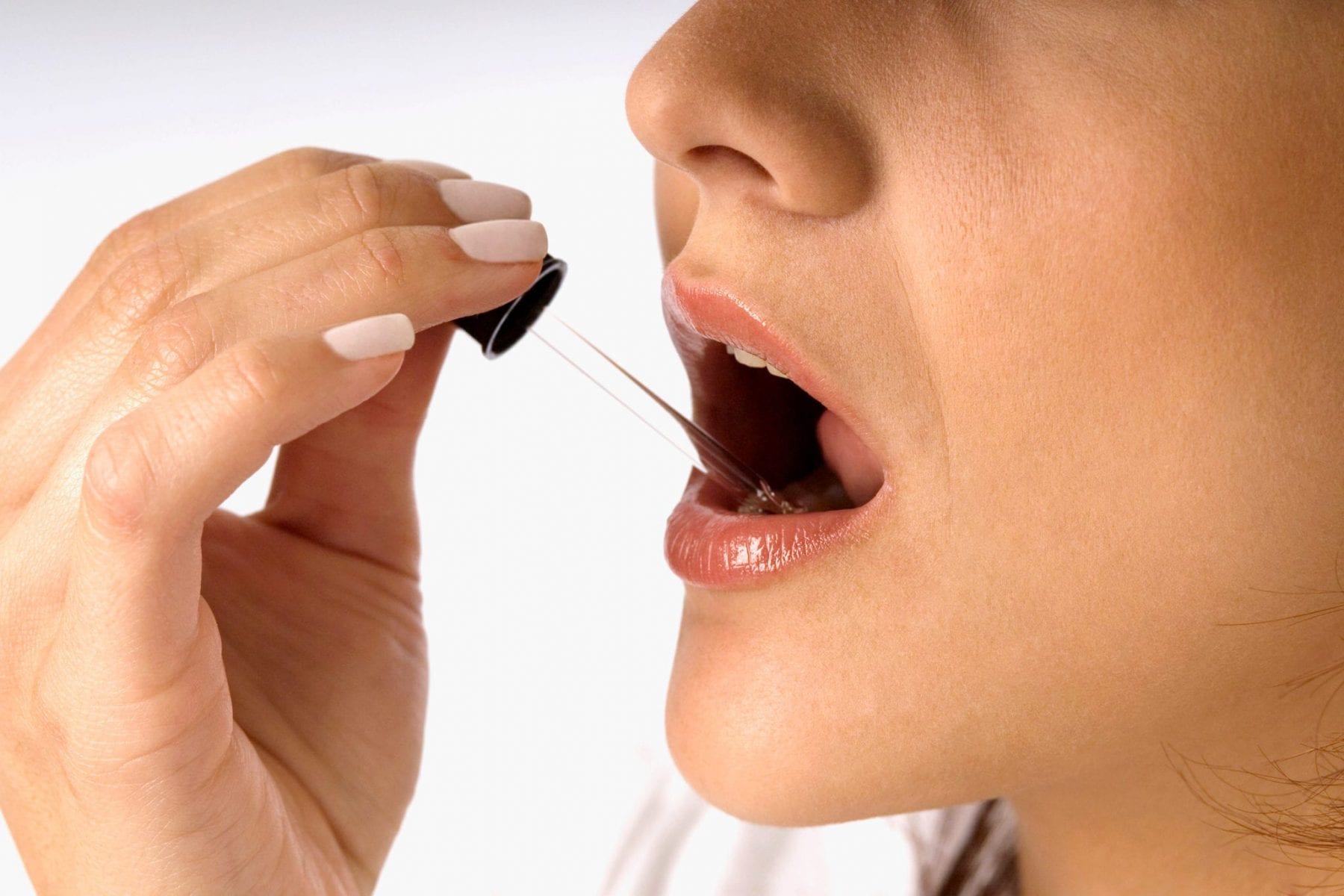Testosterone For Women: Cream, Gels, and mini-Suppositories
- 5 min reading time
If you are a woman like me who has just been prescribed testosterone or who has just heard about other women using testosterone, you may be asking yourself WHY? Isn’t testosterone a MALE hormone after all? I don’t want to grow hair and a deep voice!

Pharmacists are seeing different forms of testosterone prescribed for women more and more frequently nowadays, and this is why: many physicians have found that it seems to increase sexual desire and pleasure in their FEMALE patients. In fact, testosterone is not just a male hormone, it is the main hormone that controls sexual desire in BOTH men and women. It is commonly used to treat female sexual dysfunction (FSD), which, according to a survey analysis published in the Journal of the American Medical Association, approximately 43% of American women ages 18-59 suffer from.1 Even if you are not specifically experiencing FSD, your doctor may decide to prescribe testosterone to restore your hormonal balance and improve your wellbeing.

So…why don’t we see testosterone products approved by the FDA for women and why do people have to go to a compounding pharmacy to get one? Despite the fact that MILLIONS of prescriptions for testosterone have been written off-label for American women and their use is on the rise, there is currently no available pre-manufactured product made for women in the United States. On the other hand, there are MANY pre-manufactured products for MEN. The majority of these products, however, are too strong for use in women. Just to give you a perspective, a typical starting dose of topical testosterone for men for the treatment of low testosterone levels is 50 to 60 mg per day. In contrast, natural testosterone levels are so low in women that female patients are typically treated with a dosage of just 0.5 to 2 mg per day. 2 The bottom line is that, until a pharmaceutical company decides to pay for the costly, extensive, and LENGTHY clinical research on ALL aspects of the subject that would satisfy the FDA, there won’t be a pre-manufactured testosterone product approved for use by women in the U.S. The only available option, at least for now, is to have a pharmacist compound it.
But…if it is not FDA approved…is it SAFE and is it LEGAL? Prescribers have freedom to prescribe off-label treatments for their patients; in fact, this is an everyday occurrence, and it is completely legal. In terms of safety, we know that there are definitely certain cases where women should NOT use testosterone. Women who could become pregnant should avoid it. Also, testosterone therapy may pose some risks to women who have had estrogen-dependent cancers (e.g., breast, uterine) because some testosterone is converted to estrogen in the body. Especially at high doses, testosterone may lead to those unwanted side effects that women are afraid of… increased hair growth, acne, and the development of male characteristics. High doses may have additional unwanted effects on cholesterol levels and should be avoided in the presence of heart disease or liver disease.3 As with any prescription, YOUR doctor is the best person to determine if the benefits of testosterone treatment would outweigh any risks. Working with your doctor to make sure that you use the lowest effective dosage should help avoid any unwanted adverse effects.
Some women may benefit from testosterone treatment, but why use vaginal suppositories? Wouldn’t an oral tablet or a cream be more convenient? That is a more complicated issue to explain, but the short answer is that some routes of administration have more downsides than others, and a convenient route doesn’t mean it is safe or effective. ORAL testosterone, for example, can damage the liver. It also seems to be more likely to increase LDL (the “bad” cholesterol) and decrease HDL (the “good” cholesterol). A transdermal route (applied to the skin as a cream or a patch) can negate some of the liver concerns, but, depending on the application site, the product is likely to circulate to other areas of the body and not just to the intended areas. After all, the usual targets for women are the vaginal/clitoral area. A product that is applied DIRECTLY to the vagina may be effective at a LOWER dose because it doesn’t have to circulate around your body to reach the intended target area. Lower doses, are also less likely to cause problems. Lastly, vaginal creams can be uncomfortable and very messy. In contrast, a small vaginal suppository can be easily inserted with a small applicator, it dissolves inside the vagina, and does not leave as much residue as a cream would. In summary, vaginal testosterone suppositories provide convenience, ease of application, targeted delivery, and a decreased likelihood of side effects…a win, win.
1 Laumann E., Paik A, Rosen R. Sexual dysfunction in the United States: prevalence and predictors [published erratum appears in JAMA 1999;281:1174] JAMA. 1999;281:537-544. 2 Wickman J, et al. Androgen Therapy in Women. US Pharm. 2014;39(8):42-46. 3 Bassil N, Alkaade S, Morley J. The benefits and risks of testosterone replacement therapy: a review. Ther Clin Risk Manag. 2009;5:427-448.
© BIOSRX, INC 2019. All Rights Reserved. Written by Ivetter Yoder, Pharm.D.



